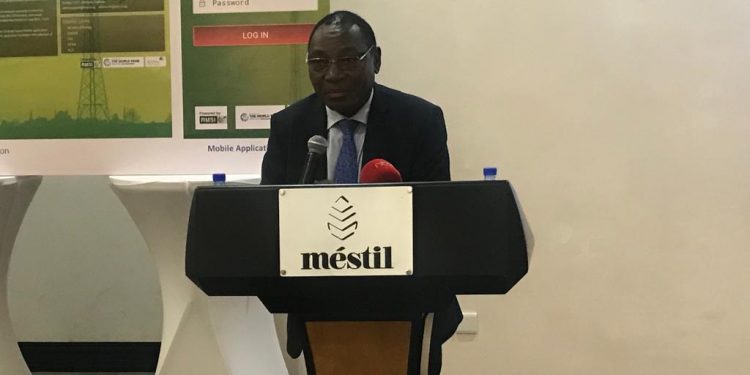Government of Uganda launched an electronic database and information management system which upgrades the data processing system, storage and analysis capacities for rural electrification in Uganda.
The system is funded by a grant from the World Bank’s Carbon Initiative for Development (Ci-Dev) under the Energy for Rural Transformation Phase III (ERT-3) Project.
“The introduction of the electronic database and information system is a great step forward for our efforts to boost electricity access in Uganda’s rural areas,” said Godfrey Turyahikayo, Executive Director at the Rural Electrification Agency. “Using this new technology will help to quantify and realize the additional income stream made possible by the results-based carbon finance that is part of this program”.
Electricity access in Uganda is now at 51 percent nationally while rural coverage is at 38.5% percent rural house hold access. The new system includes web and mobile data platforms, and a centralized database which will ensure optimal and reliable flow of information related to electrification process in Uganda. Designed with interactive map and graphical visualization tools, the web-based dashboard can show the current state of electrification in real time. The mobile application is designed for the collection of consumer and connection data in the field which can be synchronized with the data in the centralized servers. The centralized database is the hub of the spatial and non-spatial information of the system.
This technology also supports the validation of emissions reductions generated by connecting households to the grid and the replacement of mostly fossil-based lighting. The World Bank’s Carbon Initiative for Development will purchase emissions reductions generated from 2017 to 2024.
“The geospatial information system and database are a great contribution to Uganda’s power sector,” said Tony Thompson, World Bank Country Manager for Uganda. “This technology provides valuable inputs to the next phase of planning for Uganda’s national electrification strategy.”
Overall, building the system and strengthening the capacity of the Rural Electrification Agency is part of a comprehensive approach aligned with the Government’s vision to achieve universal electricity access by the year 2030.





